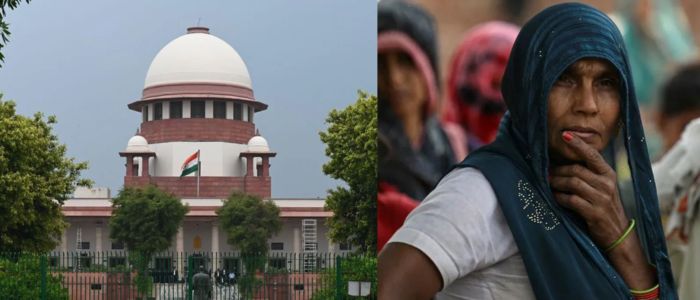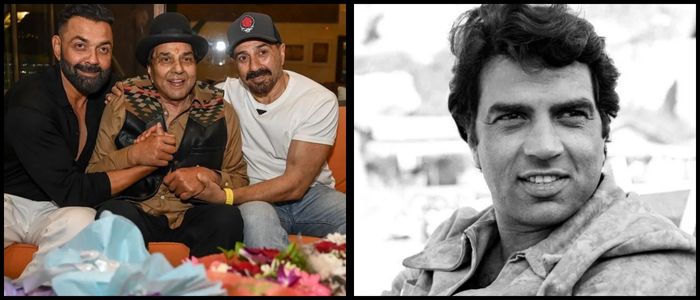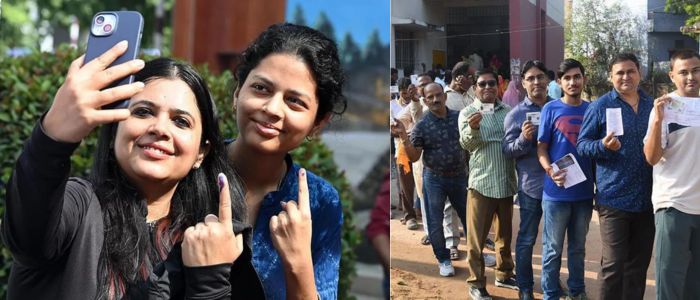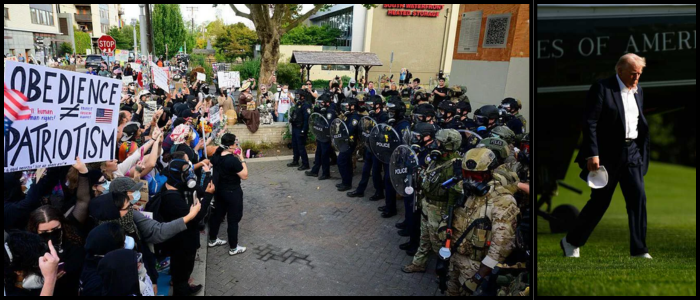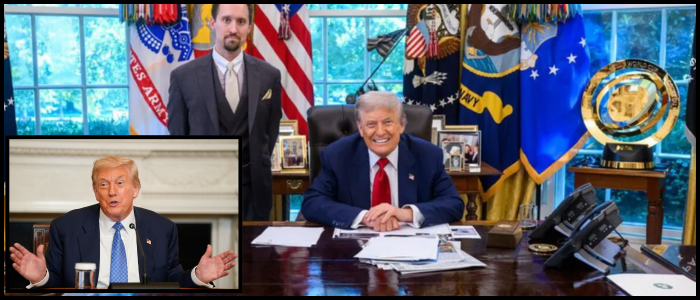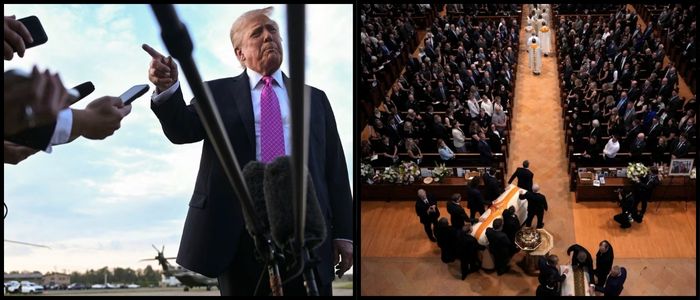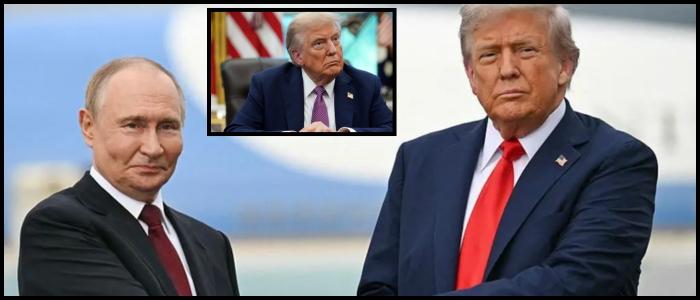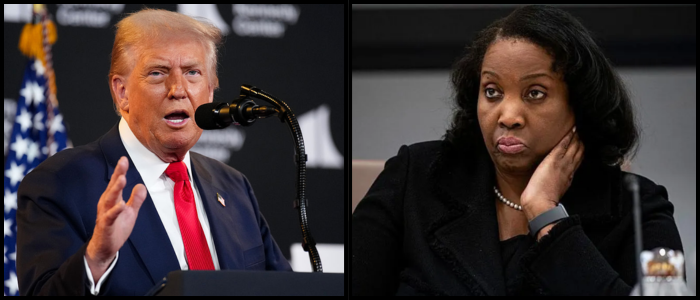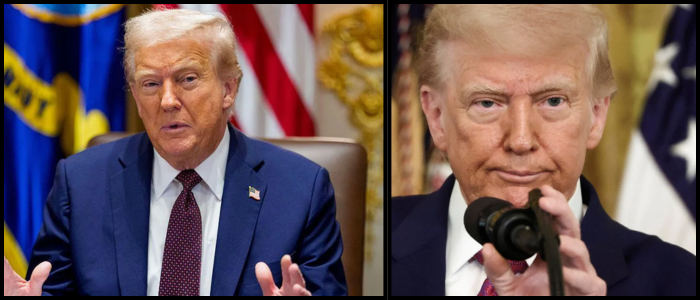The decision has drawn strong opposition from language activists, civil groups and political leaders who have labelled it as an attempt to thrust Hindi, a language predominantly spoken in the north and central India, on a non-Hindi speaking region. Detractors see this as a challenge to Marathi identity, steeped in that age-old sentiment of regional pride or history.
Language, Identity, and Political Tensions
Language is a particularly touchy subject in India, where states including Maharashtra were established along linguistic lines after independence. In recent years, similar brouhahas have been witnessed in Bengaluru, which saw local outfits pressing for the Kannada language to be used on signboards.
Resistance has been building up in Maharashtra, where people are getting wary of migration from Hindi-speaking regions to urban centres such as Mumbai, leading to a demographic change in the state. Abhay Deshpande, a political analyst, says such fears have increased during the tenure of the Hindu nationalist Bharatiya Janata Party (BJP), which has been ruling India since 2014. Some of its leaders have made contentious statements perceived to be in favour of Hindi to the exclusion of regional languages.
However, in the face of stiff opposition, the BJP-led state government rolled back the order, constituting a three-man committee to look into the three-language policy. But the topic still caps most public agendas. The timing is salient — municipal elections are around the corner, with those in the country's wealthiest civic body, in Mumbai, coming up soon. The row has become a political hot potato with the ruling and opposition parties accusing each other of trying to milk the issue for electoral gains.
New Threats and Old Friends Revisited
There have been reports of violence associated with language conflicts, which have added to public unease. In April, two women in Thane were reportedly attacked for not knowing how to speak Marathi. A Mumbai security guard was similarly assaulted by what is believed to have been members of MNS around the same time after he told his attackers he could not speak it. Other incidents have included a couple refusing to pay a delivery man who refused to converse in Marathi, and the viral video of a shopkeeper being attacked for the same reason.
What it has also done is unite two rival politicians – Uddhav Thackeray of the Shiv Sena (UBT) and Raj Thackeray of the MNS — who jointly conducted a rally against Hindi imposition. The cousins are part of the legacy of the late Bal Thackeray, who has a history of espousing the cause of Marathi rights. Their reconciliation, however hesitant, may in turn shape elections to come, tapping the regional loyalties that remain so strong among many voters.
"It plays the most on emotions, language," says former journalist Prashant Dixit, who has been covering the Maharashtra region for more than 20 years. He remembers the Shiv Sena's early campaigns in the 1960s and 70s that were directed at migrants from southern India. In later years, attention turned to people from northern states such as Uttar Pradesh and Bihar, accused of taking jobs from locals.
Given that census data indicated an increase of 40% in Hindi speakers in Mumbai between 2001 and 2011, such tensions appear unlikely to abate. Some think the language issue might be a winner with voters again.
But many are also worried about where identity politics will lead. Its critics say such short-term political tactics serve to divide and ignite violence in a state proud of its industrial and economic might. Mr Dixit thinks any short-term benefit of such campaigns will dissipate if leaders do not deliver concrete changes.
"They want jobs, policy and real development," he said. "Identity politics might deliver a few votes, but real change comes from improving lives."
Politics
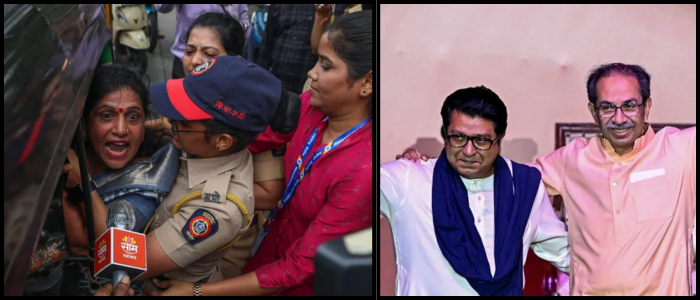
Language Dispute Sparks Violence in Maharashtra

The controversy started this past April when the government of Maharashtra state announced that Hindi would be made mandatory in all government-run primary schools as a third language, after English and Marathi. The decision was defended on the ground of adherence to the National Education Policy (NEP) as a federal guideline for ensuring multilingual learning. The most recent iteration of the NEP, which was rolled out in phases after being introduced five years ago, has received criticism for units based on the same concerns in the past.



